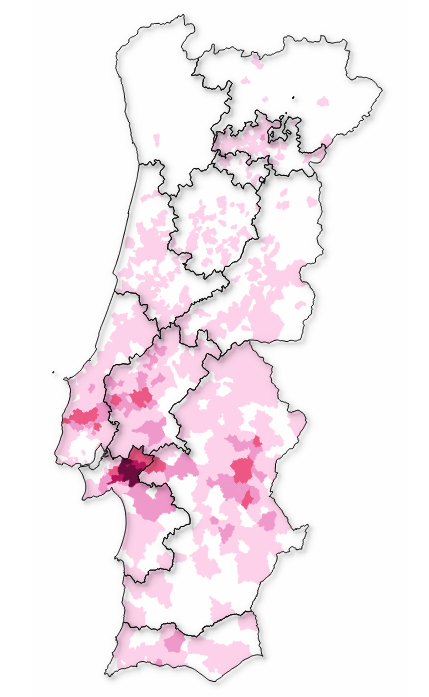This is one of the most commonly-planted grapes in the south of the country.
It is especially popular in the regions Tejo, Lisboa, Península de Setúbal and Alentejo, and is happiest in hot climates and dry, sandy soils. It performs at its best in the Palmela region of the Setúbal Peninsula south of Lisbon, in old vineyards in the hot, sandy soils around Poceirão. Castelão grapes from carefully-managed, low-yielding old vines can be made into well-structured wines with plenty of tannin and acidity, and fruit reminiscent of redcurrants, preserved plums and berries, sometimes with a hint of well-hung game. Castelão is rarely able to shake off a rustic character. The best examples can age very well, sometimes resembling fine old Cabernet when mature.
